Now that major economies have begun to ratify the Paris Climate Accord, countries need to deliver on their pledges. But how? And what will this mean for businesses?
In part one of this article we identified that businesses would inevitably bear the brunt of country-level reductions to greenhouse gas emissions. In this blog we drill into what businesses should do to prepare.
While governments are initially targeting the low hanging fruit of the few dozen or hundred companies that produce the bulk of their counties’ emissions (think coal fired power stations and steel makers, for example), even this may affect many organisations’ cost bases as input prices for power and other affected items rise, unless you’ve already insulated your company by purchasing renewable energy.
Regulated efficiency initiatives to reduce energy consumption and emissions are also gaining pace, benefitting firms whose buildings, manufacturing processes and products are already highly efficient. Innovation in energy and emissions efficiency will become a key point of difference for makers of a wide range of products and services.
Emerging categories such as electric cars (charged from renewable sources) and autonomous vehicles (which eventually could reduce the total number of vehicles and radically reduce congestion inefficiencies, as well as being programmed to drive as efficiently as possible) take efficiency initiatives into the realm of disruptive technologies. Companies will need to think years and sometimes decades ahead when designing product innovations to ensure they are not left behind by technological upstarts.
Eventually, regulations will extend to a broader range of GHG-producing compounds, including the fluorinated gases used in TV screens and the HFCs that have replaced CFCs as a refrigerant and propellent in spray cans. This will spark innovation in the design of products or processes that currently rely on such compounds, as well as services or products to ensure that their use is tightly controlled and doesn’t lead to them escaping into the atmosphere, either during or following the product’s lifecycle.
While the Australian government is currently clinging to its Direct Action, “pay the polluter to pollute less” policy, inevitably that will need to give way to a “polluter pays” mechanism.
Meanwhile, governments will push the burden of achieving GHG targets onto future administrations, which will compound the level of rapid transformation that businesses will be forced to deliver as the Paris commitment deadline approaches. And there is a clear expectation from the United Nations that many countries’ commitments will need to be strengthened in coming years in order to limit warming to the agreed target of 1.5 to 2 degrees Celsius.
Companies that take the lead today will be well positioned when this crunch comes.
Call Adaptive Capability today to develop the strategy for your business.
Image Credit: blindholm / BigStock




